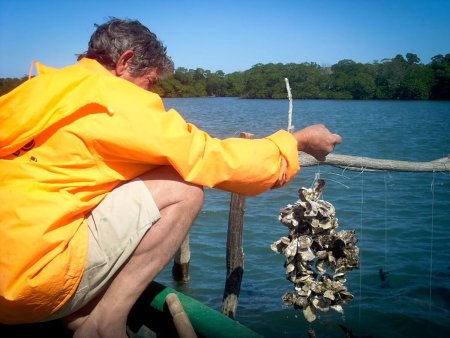Small island, big results

By UNDP ECOSYSTEMS & BIODIVERSITY
Protecting coastal and marine ecosystems is a strategic issue for Cuba. These ecosystems such as wetlands provide the natural infrastructure and services which are vital for local communities. The Government of Cuba and its partners, with support from UNDP and funding from the Global Environment Facility (GEF), began to turn local challenges into opportunities, using nature-based solutions.
The Sabana-Camagüey Archipelago extends along the central northern coastline of Cuba for 465 kms, from Punta Hicacos in the west, to Nuevitas Bay in the east. These islands represent a mosaic of beaches, seagrass beds, coral reefs, mangrove swamps, forested dune systems, inshore lagoons and other coastal habitats of the adjacent Cuban mainland.
This ecosystem is a treasure trove of remarkable biological wealth that is among the richest in Cuba and the wider Caribbean. It is also of global significance, including a UNESCO World Heritage Site – the Bay of Buena Vista Biosphere Reserve – and three wetland systems designated as internationally important under the Ramsar Convention on Wetlands:

- Buenavista Ramsar Site
- Gran Humedal del Norte de Ciego de Ávila Ramsar Site
- Humedal Río Máximo-Cagüey Ramsar Site
Over the years, the ecosystems of the Sabana-Camagüey region came under varying degrees of pressure as a result of unsustainable practices in sectors such as agriculture, livestock, fisheries, and tourism.
It was against this backdrop that the Government of Cuba and its partners, with support from United Nations Development Programme (UNDP) and funding from the Global Environment Facility (GEF), began to turn challenges into opportunities, using nature-based solutions.
In 1993, the first of a series of three projects was initiated in the Sabana-Camagüey Ecosystem to conserve valuable ecosystems, prioritise biodiversity in development planning, and build sustainable communities.
Read the full story here
Story: Mandy Cadman, Andrea Egan, and UNDP Cuba / Photos: UNDP Cuba, Enrique Dalmau, Nancy Llevat Menocal, and Agencia del Medio Ambiente de Cuba